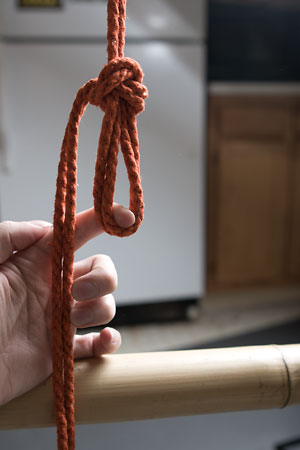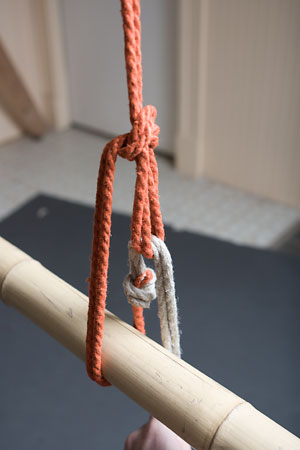I recently posted several videos showing a new approach to second column ties; that is, how to tie another limb into the middle of a rope. That's useful for certain hip harnesses, tying wrists together behind the back, and a variety of bedroom ties.
There's also now a video of the third variation of the Quick Shoulder Harness -- one where you tie it standing/sitting, but it's comfortable to lie back on.
Finally, I filmed a neat elbows-behind-the-head tie which is useful for head support in suspension, or for standalone use as a floor tie.

